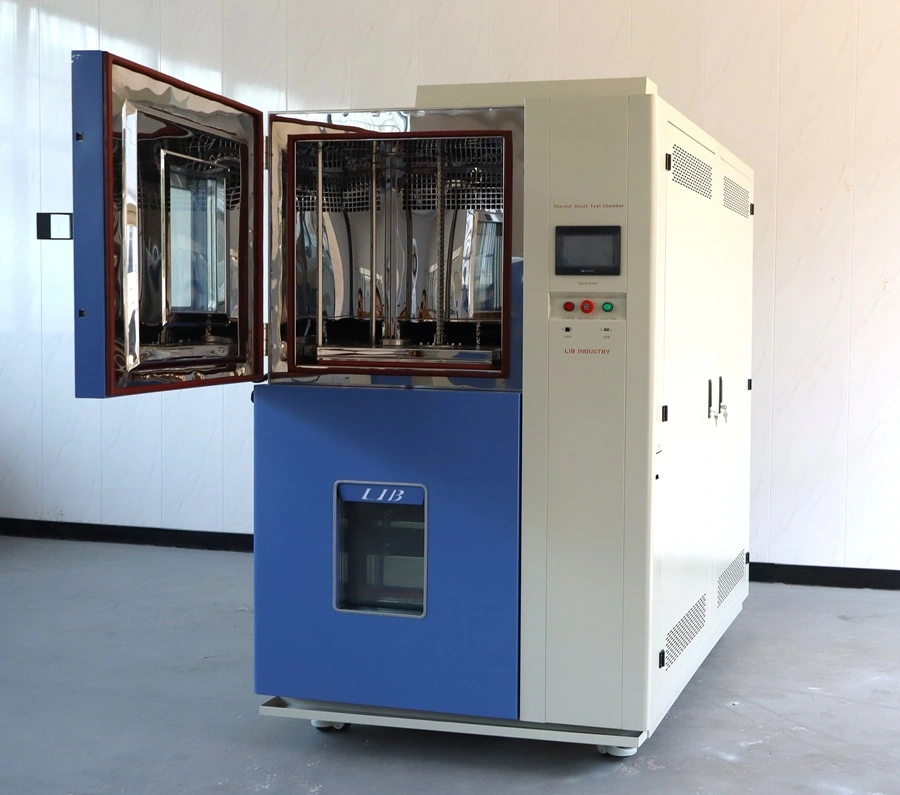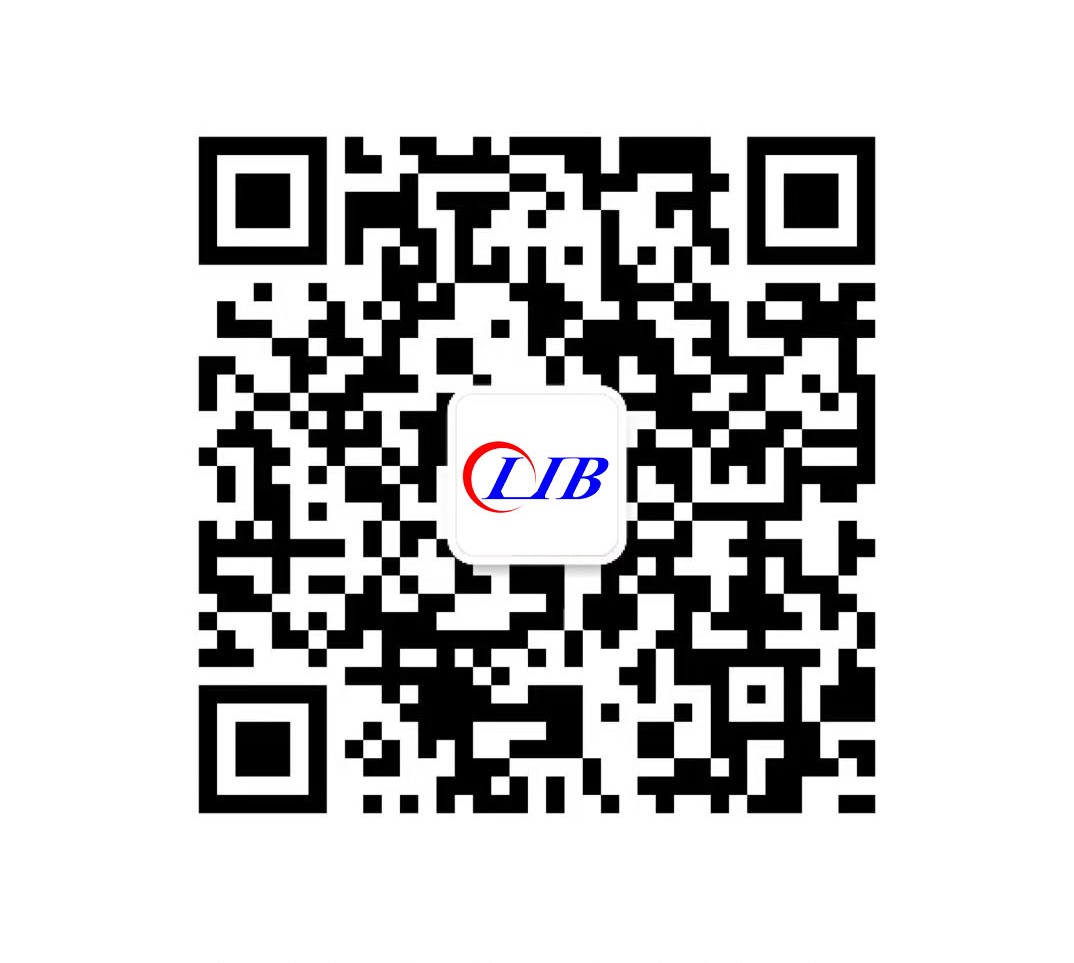Understanding the Temperature Range of Thermal Shock Test Chambers
Understanding the Temperature Range of Thermal Shock Test Chambers
Understanding the temperature range of thermal shock test chambers is crucial for engineers and quality assurance professionals who need to evaluate material reliability under extreme conditions. These sophisticated testing instruments create rapid temperature transitions between hot and cold environments, typically operating from -70°C to +220°C, enabling comprehensive assessment of how products withstand thermal stress. The temperature capabilities directly impact testing effectiveness, making range selection a critical factor in chamber specification. Modern thermal shock chambers utilize advanced refrigeration systems and precise heating elements to achieve these extreme temperatures while maintaining accuracy within ±0.5°C fluctuation. This temperature span covers most real-world environmental conditions that products might encounter, from arctic climates to high-heat industrial applications.

What Temperature Extremes Can a Thermal Shock Chamber Achieve?
Standard Temperature Operating Ranges
Most commercial thermal shock test chambers operate within a standard range of -70°C to +200°C, providing adequate coverage for typical industrial testing requirements. This range encompasses the majority of environmental conditions that electronic components, automotive parts, and aerospace materials encounter during their operational lifecycle. The lower temperature limit of -70°C simulates extreme cold conditions found in arctic environments or high-altitude applications, while the upper limit of +200°C represents high-temperature industrial processes or desert climate extremes.
Extended Temperature Capabilities
Advanced thermal shock chambers can achieve even more extreme temperatures, with some models reaching -75°C on the low end and +220°C on the high end. These extended ranges become essential when testing specialized materials or components designed for extreme environments. Military-grade electronics, space applications, and specialized industrial components often require these enhanced temperature capabilities to validate their performance under the most demanding conditions.
Temperature Transition Speed Requirements
Beyond absolute temperature limits, the speed of temperature transition plays a vital role in effective thermal shock testing. Quality chambers achieve temperature recovery times within 5 minutes, ensuring rapid transitions that create the necessary thermal stress. This quick transition capability distinguishes thermal shock testing from standard temperature cycling, as the rapid change creates mechanical stress through differential thermal expansion and contraction.
Model | Internal Volume | Temperature Range | Recovery Time | Loading Capacity |
TS-162 | 22L | -70°C to +220°C | ≤5 minutes | 20kg |
TS-340 | 72L | -70°C to +220°C | ≤5 minutes | 30kg |
TS-500 | 211L | -70°C to +220°C | ≤5 minutes | 50kg |
TS-1000 | 505L | -70°C to +220°C | ≤5 minutes | 60kg |
Single-Stage vs. Dual-Stage Cooling Systems
Single-Stage Cooling Architecture
Single-stage cooling systems utilize a straightforward refrigeration approach with one compressor stage to achieve the desired low temperatures. These systems work effectively for moderate temperature ranges, typically reaching -40°C to -50°C reliably. Single-stage systems offer advantages in terms of simplicity, lower initial cost, and reduced maintenance requirements. They consume less energy during operation and provide adequate performance for many standard testing applications.
Dual-Stage Cooling Performance
Dual-stage cooling systems employ two compression stages in series, enabling much lower temperature achievements. The first stage pre-cools the refrigerant, while the second stage achieves the final low temperature. This configuration allows thermal shock test chambers to reach -70°C or lower consistently. Dual-stage systems provide superior temperature stability at extreme low temperatures and faster recovery times when transitioning from ambient to minimum operating temperature.
System Selection Considerations
Choosing between single-stage and dual-stage cooling depends on specific testing requirements and budget considerations. Applications requiring temperatures below -50°C necessitate dual-stage systems, while standard testing protocols may function adequately with single-stage cooling. Energy consumption, maintenance complexity, and initial investment costs all factor into this decision, with dual-stage systems typically requiring higher investment but providing enhanced capabilities.
How Do Liquid vs. Air Cooling Affect Temperature Performance?
Air Cooling System Characteristics
Air cooling systems rely on forced air circulation to transfer heat within the test chamber. These systems excel in uniform temperature distribution and provide excellent accessibility for test specimens. Air cooling offers precise temperature control across the entire chamber volume, ensuring consistent thermal exposure for all test samples. The system responds quickly to temperature change commands and maintains stable conditions during extended testing periods.
Liquid Cooling Advantages
Liquid cooling systems utilize coolant circulation to achieve rapid temperature changes and maintain extreme temperatures more efficiently. These systems excel in applications requiring very low temperatures or rapid thermal transitions. Liquid cooling provides superior heat transfer capabilities compared to air systems, enabling faster temperature recovery and more stable operation at temperature extremes. The thermal mass of liquid coolants helps buffer temperature fluctuations.
Performance Impact Analysis
The cooling method significantly impacts chamber performance characteristics, particularly regarding temperature uniformity, recovery speed, and energy efficiency. Air cooling systems typically provide better temperature uniformity across large test volumes, while liquid cooling systems excel in rapid temperature changes and extreme temperature achievement. Chamber selection should align cooling method capabilities with specific testing protocol requirements to optimize performance and cost-effectiveness.
Cooling Type | Temperature Uniformity | Recovery Speed | Energy Efficiency | Maintenance |
Air Cooling | Excellent (±1°C) | Moderate | Good | Low |
Liquid Cooling | Good (±2°C) | Excellent | Excellent | Moderate |
Factors Influencing Maximum and Minimum Temperature Limits
Refrigeration System Design
The refrigeration system design fundamentally determines the achievable minimum temperature limits in thermal shock test chambers. Compressor selection, refrigerant type, and system configuration all contribute to low-temperature performance. Advanced chambers utilize environmentally friendly refrigerants like R404A or R507, which provide excellent low-temperature performance while meeting environmental regulations. The compressor power and efficiency directly impact how quickly and reliably the system reaches minimum temperatures.
Heating Element Specifications
Maximum temperature capabilities depend on heating element design, power rating, and heat distribution methods. High-quality chambers employ multiple heating zones with independent control to ensure uniform temperature distribution at maximum operating temperatures. Heating element materials must withstand repeated thermal cycling without degradation, maintaining consistent performance throughout the chamber's operational life. Power density and thermal response characteristics determine how quickly chambers achieve maximum temperatures.
Insulation and Chamber Construction
Chamber insulation quality significantly affects both maximum and minimum temperature achievements while impacting energy efficiency and temperature stability. High-performance insulation materials minimize heat transfer between chamber interior and ambient environment, reducing energy consumption and improving temperature uniformity. Chamber construction materials must withstand thermal stress from repeated temperature cycling while maintaining structural integrity and dimensional stability.
Environmental Conditions Impact
Ambient environmental conditions where the chamber operates influence achievable temperature limits and system performance. High ambient temperatures reduce maximum cooling capacity and increase energy consumption, while low ambient temperatures can affect heating system efficiency. Humidity levels impact system performance and may require additional environmental controls. Proper facility environmental control optimizes chamber performance and extends equipment life.
Customizing Temperature Profiles for Industry-Specific Needs
Aerospace Testing Requirements
Aerospace applications demand extreme temperature ranges to simulate conditions encountered during flight operations, from high-altitude cold to engine compartment heat. Testing protocols often require temperatures ranging from -70°C to +200°C with specific transition rates and dwell times. Aerospace materials must demonstrate reliability under these extreme conditions while maintaining structural integrity and performance characteristics. Custom temperature profiles simulate mission-specific thermal environments.
Electronics Industry Standards
Electronic component testing requires precise temperature control to evaluate semiconductor performance, solder joint reliability, and component packaging integrity. Temperature ranges typically span from -55°C to +125°C for commercial electronics, with military specifications extending to -65°C to +200°C. Custom profiles incorporate specific heating and cooling rates that match real-world operational conditions while accelerating aging processes for reliability assessment.
Automotive Component Validation
Automotive testing encompasses diverse temperature requirements reflecting global climate conditions and under-hood thermal environments. Temperature profiles range from -40°C representing arctic conditions to +150°C simulating engine compartment temperatures. Custom testing protocols incorporate cyclic temperature changes that mirror daily temperature variations, seasonal changes, and operational thermal stress patterns experienced by automotive components throughout their service life.
Industry | Temperature Range | Typical Dwell Time | Transition Rate | Cycle Count |
Aerospace | -70°C to +200°C | 30-60 minutes | ≤5 min/transition | 1000-5000 |
Electronics | -55°C to +125°C | 15-30 minutes | ≤3 min/transition | 500-2000 |
Automotive | -40°C to +150°C | 30-45 minutes | ≤5 min/transition | 1000-3000 |
Exploring the Temperature Range of LIB Thermal Shock Test Chambers
LIB Chamber Temperature Specifications
LIB thermal shock test chambers deliver exceptional temperature range capabilities spanning from -75°C to +220°C, exceeding many industry standard requirements. These chambers maintain temperature fluctuation within ±0.5°C and achieve temperature recovery within 5 minutes, ensuring precise and repeatable testing conditions. The extended temperature range accommodates diverse testing protocols across multiple industries, from electronics to aerospace applications requiring extreme thermal stress evaluation.
Model-Specific Performance Features
LIB offers four distinct models (TS-162, TS-340, TS-500, TS-1000) with varying internal volumes and loading capacities while maintaining consistent temperature performance across all models. Each model features the same -75°C to +220°C temperature range, ensuring testing protocol consistency regardless of chamber size selection. Temperature deviation remains within ±3°C across all models, demonstrating excellent thermal uniformity throughout different chamber volumes.
Advanced Control and Monitoring
LIB chambers incorporate programmable color LCD touch screen controllers with Ethernet connectivity, enabling sophisticated temperature profile programming and remote monitoring capabilities. The control system manages complex thermal shock protocols with precise timing and temperature transitions. Safety features include over-temperature protection, over-current protection, and refrigerant high-pressure protection, ensuring safe operation throughout extended testing periods.
Construction and Reliability Features
LIB chambers utilize SUS304 stainless steel interior construction for corrosion resistance and thermal stability, while exterior steel plates with protective coating ensure durability. Double-layer thermostable silicone rubber sealing on observation windows maintains temperature integrity while providing visual access to test specimens. The mechanical compression refrigeration system employs French TECUMSEH compressors with environmentally friendly refrigerants for reliable low-temperature performance.
Conclusion
Understanding thermal shock test chamber temperature ranges enables informed equipment selection that aligns with specific testing requirements and industry standards. Temperature capabilities spanning -70°C to +220°C address most industrial testing needs, while factors like cooling system design, heating elements, and chamber construction significantly impact performance. LIB thermal shock chambers provide exceptional temperature range capabilities with precise control and reliable performance across diverse applications. Proper temperature range selection ensures comprehensive material evaluation while optimizing testing efficiency and result accuracy.
FAQs
What temperature range do most thermal shock chambers achieve?
Most commercial thermal shock chambers operate between -70°C to +200°C, covering typical industrial testing requirements for electronics, automotive, and aerospace applications.
How quickly do thermal shock chambers transition between temperatures?
Quality thermal shock chambers achieve temperature recovery within 5 minutes, ensuring rapid transitions necessary for effective thermal stress testing protocols.
What factors determine maximum and minimum temperature limits?
Temperature limits depend on refrigeration system design, heating element specifications, insulation quality, and ambient environmental conditions where chambers operate.
Ready to enhance your thermal testing capabilities? Contact LIB Industry today to discuss your specific temperature range requirements and discover how our thermal shock test chambers can meet your testing needs. Our expert team provides comprehensive support from equipment selection through installation and training. Reach us at ellen@lib-industry.com for detailed specifications and customized solutions.



